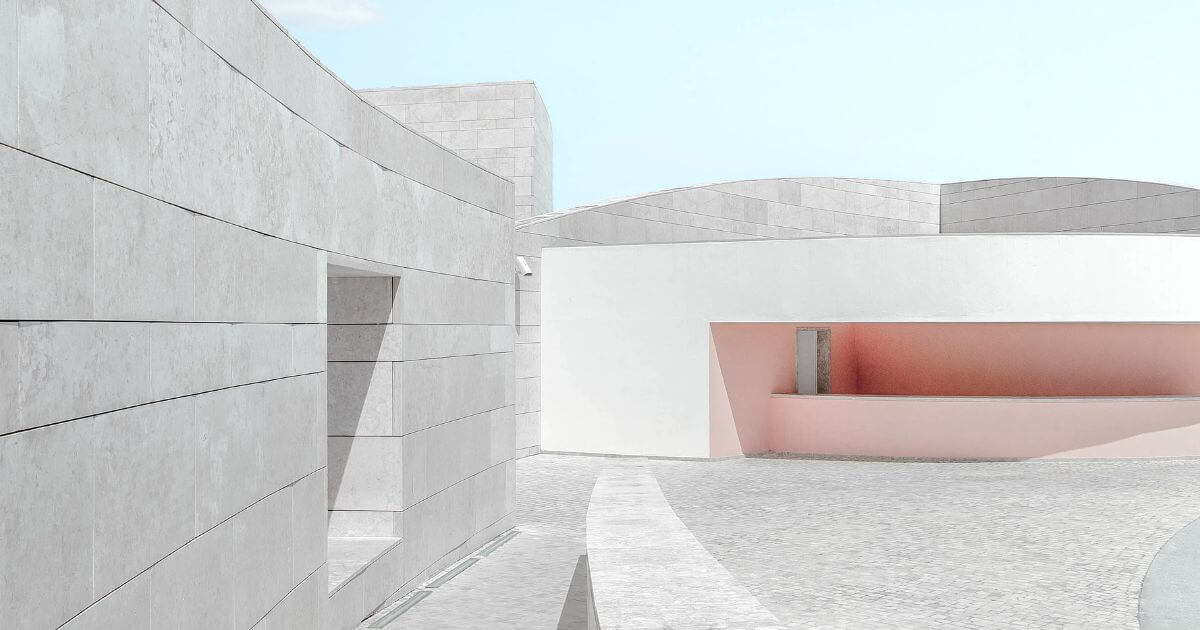The walls of the New Jerusalem emphasize the greatness of the Lord, with their vast size and precious materials showcasing His glory and riches (Revelation 21:15–21). The walls also symbolize the distinction between the holy city and the rest of creation, marking it as a place set apart for God's presence, where only the righteous can dwell (Revelation 21:27). The walls of the New Jerusalem reflect God's holiness and His plans for humanity, seen in the way that they include the names of the twelve tribes of Israel and the twelve apostles (Revelation 21:12–14). Additionally, the walls serve as a protective barrier, ensuring the city remains pure and free from sin and corruption, signaling God's victory over evil (Revelation 21:27). The walls of the New Jerusalem are a powerful reminder of God's sanctifying work and the eternal safety and purity of His eternal home.
While not every detail about this future city and its walls is described, those that are provided clearly show a place very desirable for living. John's vision emphasizes the greatness of this future heavenly city, where God's people will dwell with Him forever. The high walls of the New Jerusalem symbolize the distinction between the holy city and the rest of creation, marking it as a place set apart for God's presence. In Revelation 21:27, it is stated that "nothing unclean will ever enter it," indicating that the city is reserved exclusively for the righteous—those whose names are written in the Lamb's book of life. This serves as a clear boundary. The walls emphasize God's holiness and the purity of the eternal kingdom, free from sin and corruption. The city is not just a physical structure, but a reflection of the perfect righteousness of God, where His people can dwell in unbroken fellowship with Him.
The walls also represent the ultimate victory of God over sin, evil, and death. They serve as a protective barrier, ensuring that nothing defiled can enter the city and that the redeemed can live securely in God's presence forever. This separation signifies the fulfillment of God's promise to restore His people and create a perfect, holy dwelling place for them. The walls of the New Jerusalem are a powerful reminder of God's sanctifying work and the eternal safety and purity of His eternal home.




